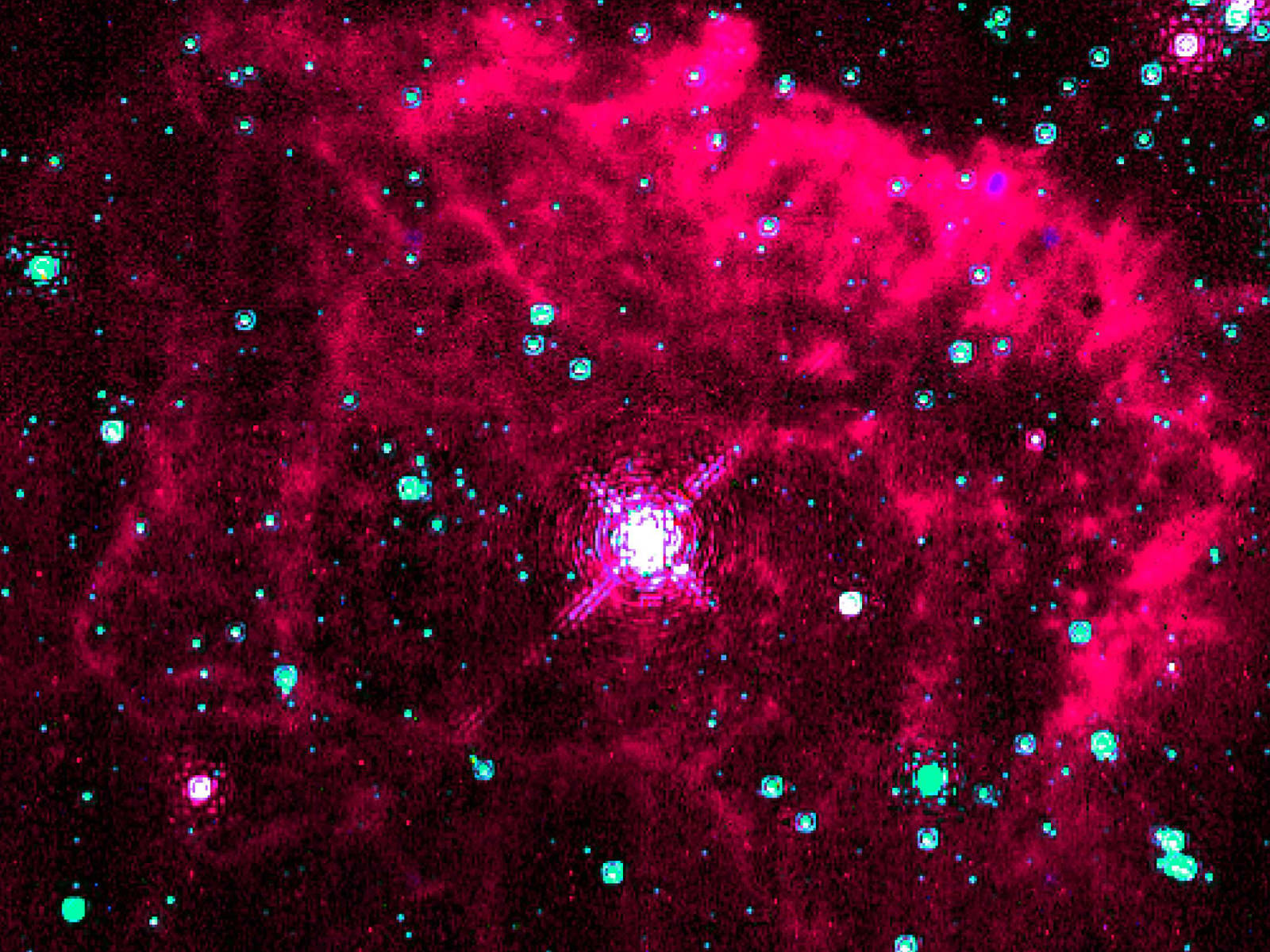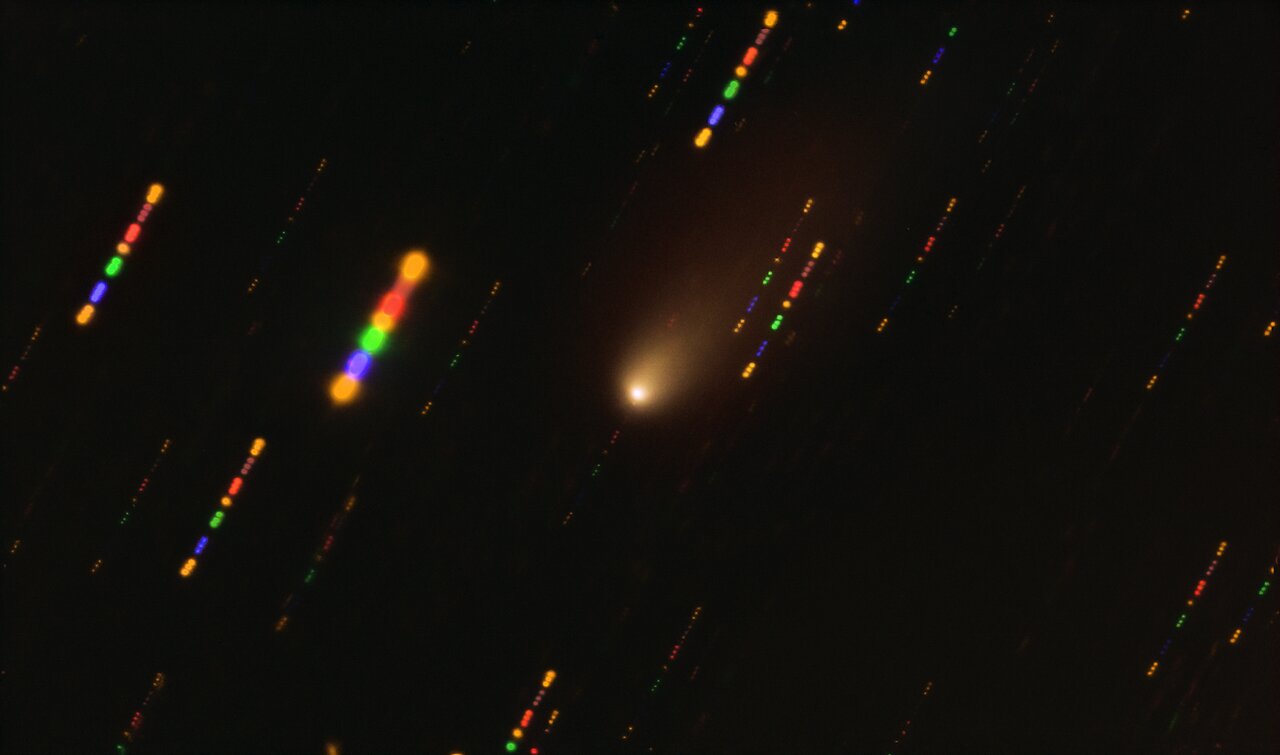Many planetary systems may get snuffed out before they even get a chance to form, according to new research. The culprit: nearby stars, capable of evaporating entire protoplanetary disks just when they begin to form.
Continue reading “Young Stars can Evaporate Nearby Disks Before They can Form Planets”Young Stars can Evaporate Nearby Disks Before They can Form Planets










